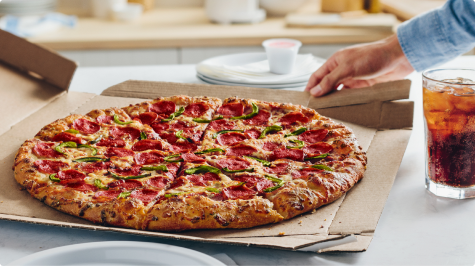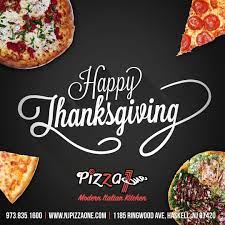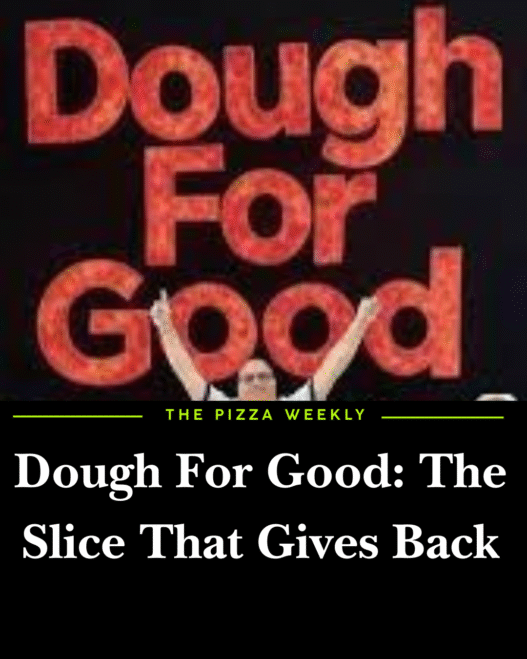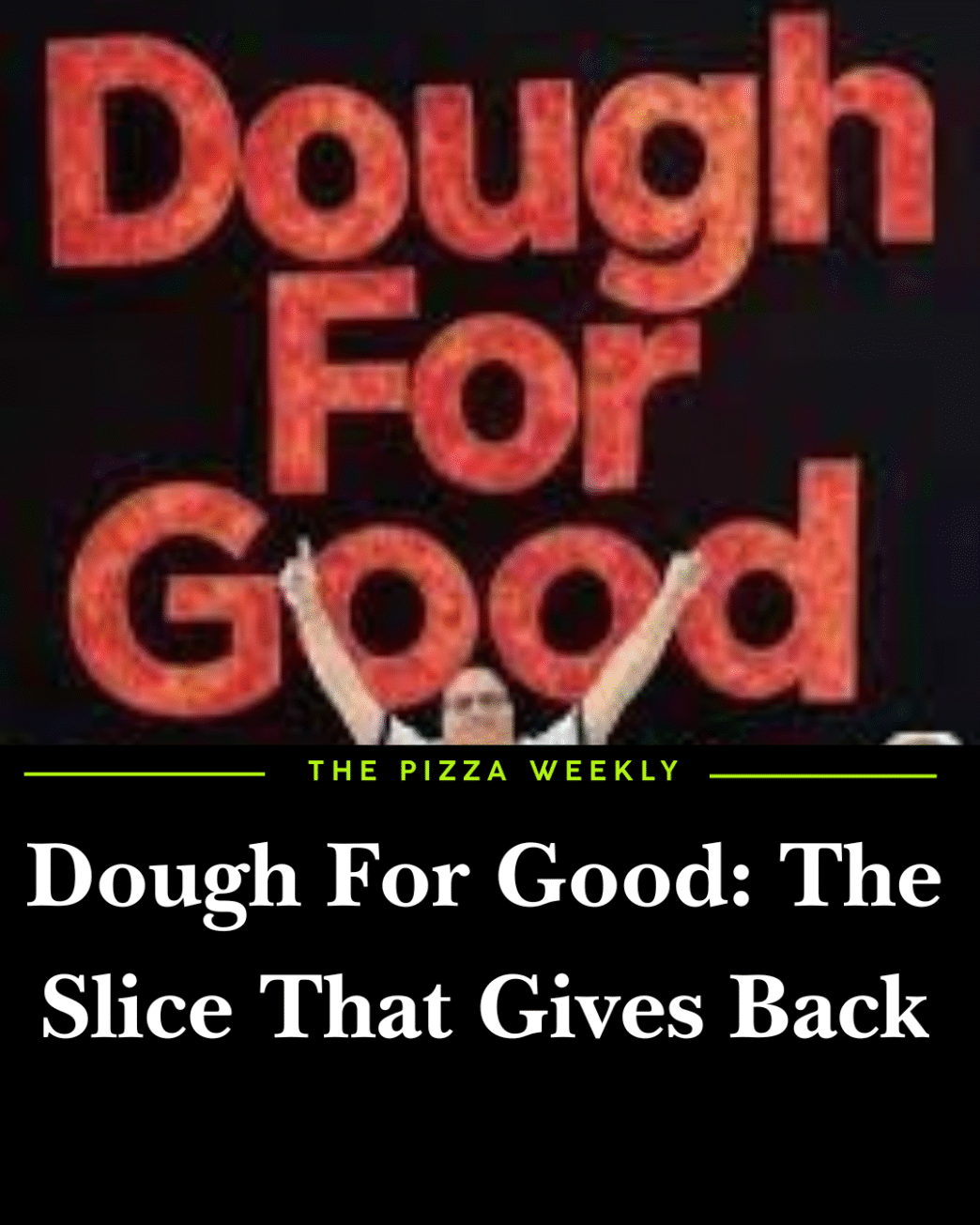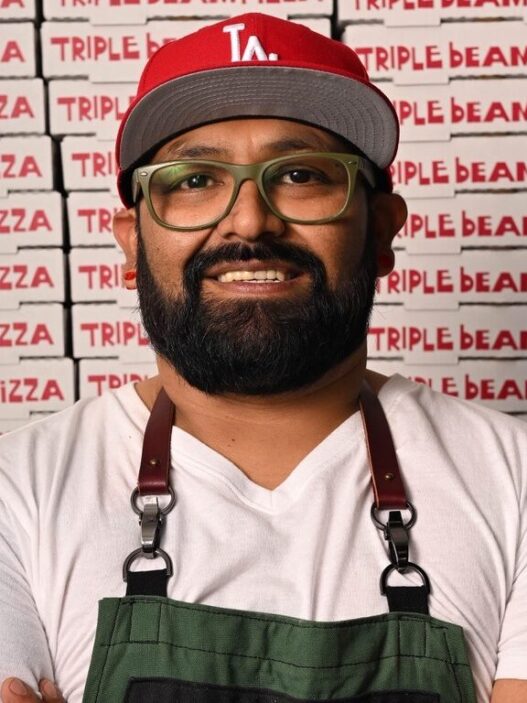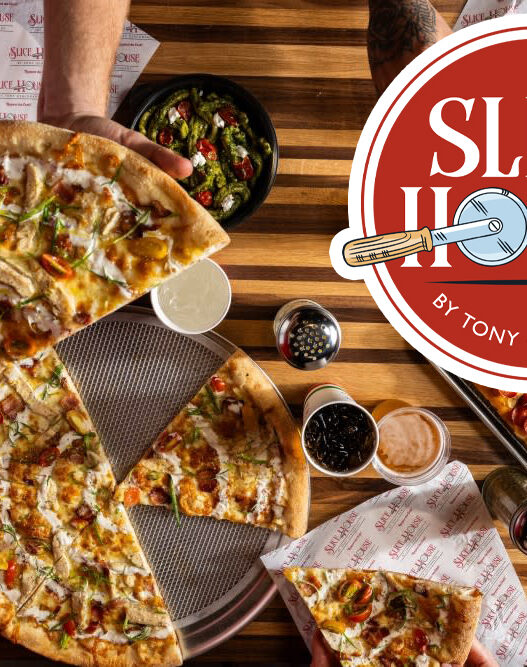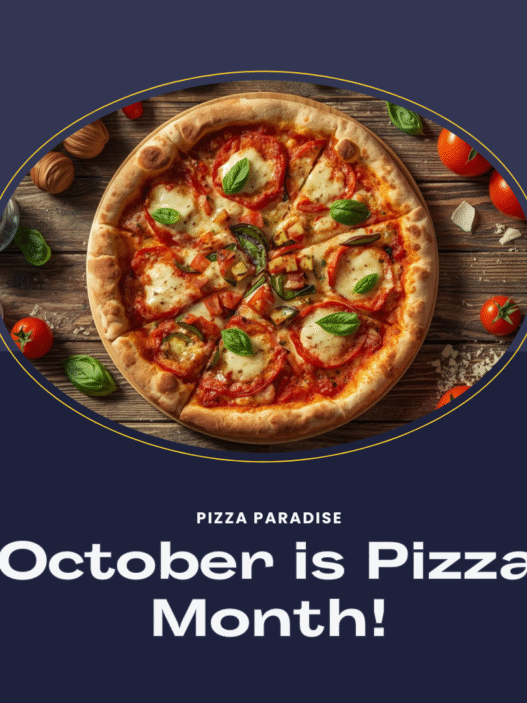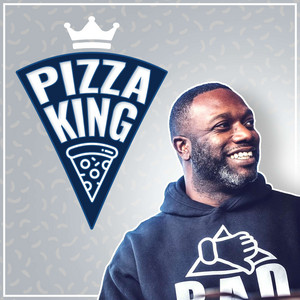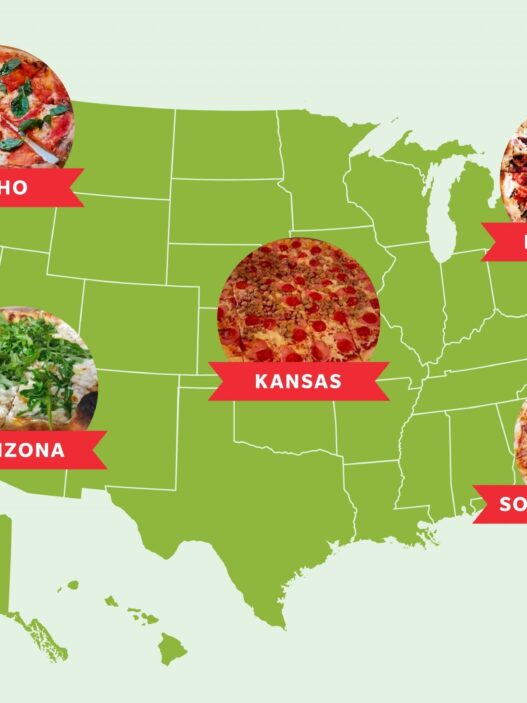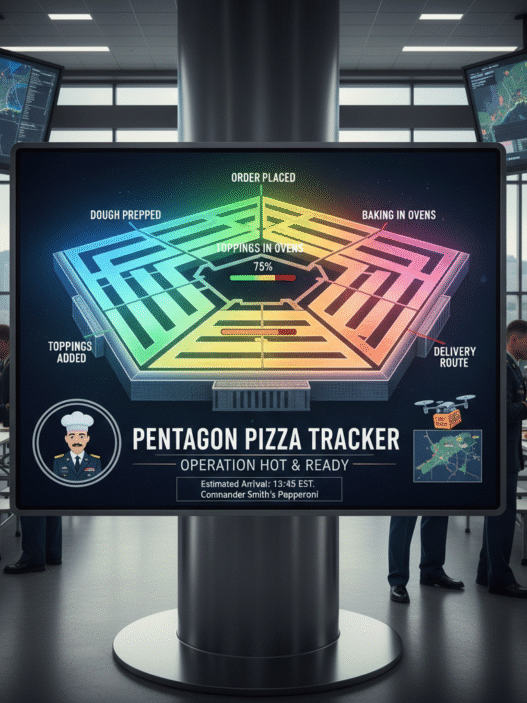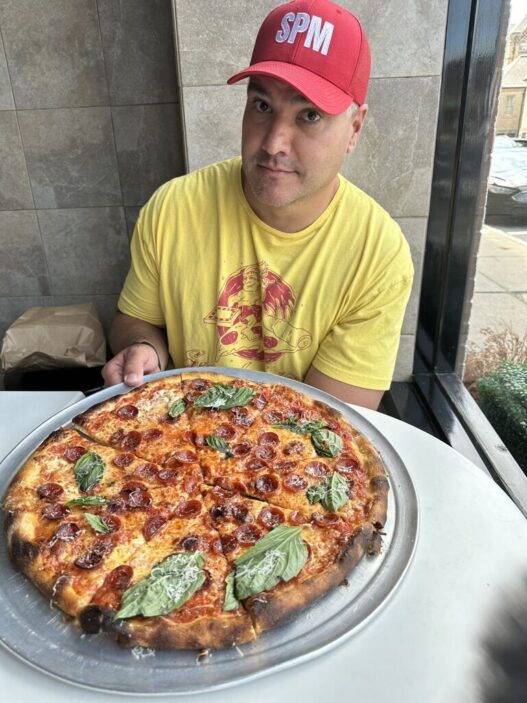In New York, pizza is more than food—it’s culture, commerce, and communion all in one bite. But for Dough For Good, co-founders Fernando (@og_papafern) and Andrew (@overworkedasian), pizza is also a tool: a vehicle just as capable of raising funds for hunger relief as it is of raising dough. Their movement started humbly, born out of the frustration of watching others struggle to set up charity events until they decided to simplify the system themselves.
From the spark at a Slice Out Hunger $1 Pizza Party , to today’s growing network of makers and sponsors, Dough For Good’s 20 questions tell the story of a project still defining itself: Who are the people building it ? What was it like rallying legendary New York pizzerias and even surprise chefs from the West Coast ? What happens when passion collides with logistics: ovens, flour, volunteers, sponsorships ?
1. Before we dive into the pizza, who are the people behind Dough For Good?
Dough for Good was started by me, Fernando (@og_papafern), and Andrew (@overworkedasian). I work with special needs kids and make Argentina-style pizza. Andrew comes from the tech startup world. We both saw how difficult it was to organize fundraiser events and realized better systems could make it easier.
2. What was the exact moment you realized pizza could become a force for change?
When I went to the Slice Out Hunger $1 Pizza Party. The line wrapped around the block. People paid $10 to walk through a church basement and pick out slices from dozens of donated pies. The scale and energy of it all made me realize: pizza could be a serious driver for good.
3. How did the collaboration with Slice Out Hunger first come together?
I’d participated in their campaigns before, especially when they focused on home pizza makers and pop-ups. So when we started Dough For Good, it felt natural to keep working with them.
4. To date, how much impact has Dough For Good had in the fight against hunger?
We’ve only hosted one event so far, but we raised about $1,800. It was a start—and it showed us the model works.
5. You’ve got a big event on September 27. What can people expect, and why is it so important?
Every Slice Out Hunger event is important. They identify the need, and we build events to meet it. For Saturday, we’ve got five pizza makers plus some surprise guests. The pizzas will be amazing, and the energy will be even bigger.
6. What’s been the biggest logistical challenge in throwing these large-scale pizza philanthropy events?
We narrowed the challenges down to three things:
- The host—the space.
- The pizza makers.
- Ovens and ingredients.
Once we have the host and date, we rally pizza makers, then tap sponsors for ingredients. Ooni donated three ovens for our first event, and Andrew and I use our personal ovens too. Each event builds the network stronger.
7. Tell us about a moment when you saw firsthand the impact of your pizza.
We don’t directly see the people who receive the funds—that goes through Slice Out Hunger or other partners. But we do see the joy on the faces of people who eat the pizzas.
8. How have legendary pizzerias in New York responded to what you’re doing?
We’ve had some legends join in. Tory, who grew up in Louie and Ernie’s in the Bronx, now has her own pizzeria, Tory T’s. And John from Ciccio’s in Brooklyn was there too.
9. What’s been the most surprising collaboration so far—the one you never expected to say yes?
For this weekend’s event, we’ve got our first West Coast pizza maker joining us: Dave from LOL Caesars fame.
10. When you’re choosing who to collaborate with, what’s more important: pizza skills, heart for the cause, or audience reach?
All three matter. We want to raise money, but we also want to spotlight smaller pizza makers who need more reach. Everyone has to have heart for the cause. And if you don’t make pizza? You can still volunteer.
11. Which brand or pizzeria is on your dream collaboration bucket list?
There are so many. I’d love to work with all the legendary New York pizzerias one day—we just need to figure out how to make it happen.
12. Beyond donating money, how do you keep attendees and fans feeling like they’re part of the movement?
We haven’t fully figured that out yet. Maybe merch could be one way. We’re open to ideas.
13. Is there a particular pizza recipe that has become the “signature” Dough For Good pie?
Not yet. Each pizza maker brings two pies: one cheese and one specialty. The specialty changes with the maker, which keeps things exciting.
14. If Dough For Good could branch into another food, what would it be and why?
We’d expand into baked goods. Claudio, one of our pizza makers, brought Italian cookies to an event, and they sold really well. At our first event we even had empanadas from Superchori. That’s why we chose “Dough” instead of “Pizza” for the name—so it could stay open.
15. How do you balance throwing a hype-filled event with keeping fundraising front and center?
That’s always the balance. The energy brings people in, but the mission keeps it grounded.
16. If another city said, “Bring Dough For Good here,” what’s your dream place to expand into?
Anywhere! Expansion will bring challenges, but we’d love to see other cities take this model and make it their own.
17. What role do oven companies, flour producers, or sauce suppliers play in amplifying your mission?
They’re crucial. Sponsors keep costs down so funds can go straight to organizations. Ooni gave us ovens. Grande donated mozzarella. Hormel provided pepperoni and sausage. Orlando Foods gave us flour, sauce, and oil.
18. What’s one misconception about Dough For Good that you’d like to clear up?
We’re not a part of Slice Out Hunger. We raise funds for them and for other organizations when needed, like in times of disaster relief.
19. For someone at home making pizza who thinks, “I want to help too,” what’s the first step?
Reach out. There’s a form in our Linktree on Instagram. That’s the best way to plug in.
20. Ten years from now, what legacy do you want Dough For Good to leave behind?
The goal is simple: help people in need. If people remember us as a group that cared and made a difference, that’s enough.
When the last slice is gone and the ovens cool, what remains is more than just a memory of good pizza. It’s the quiet satisfaction of knowing that every pie served by Dough For Good helps someone in need. Fernando and Andrew, with their growing team, aren’t just making pizza; they’re building a community, one event at a time. They’re proving that a simple idea, fueled by passion and a lot of dough, can truly make a difference. And that, in the end, is a legacy worth savoring.




